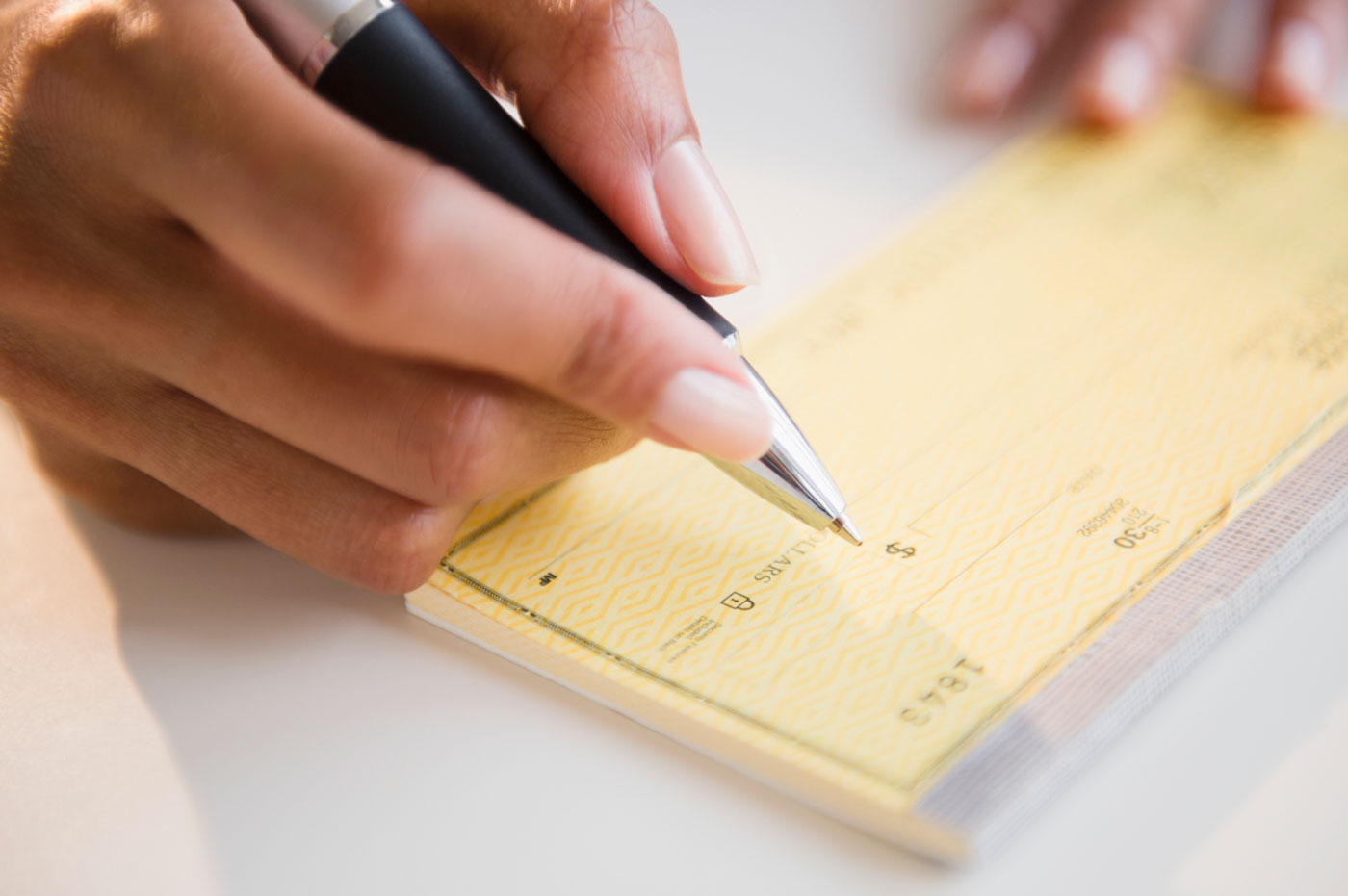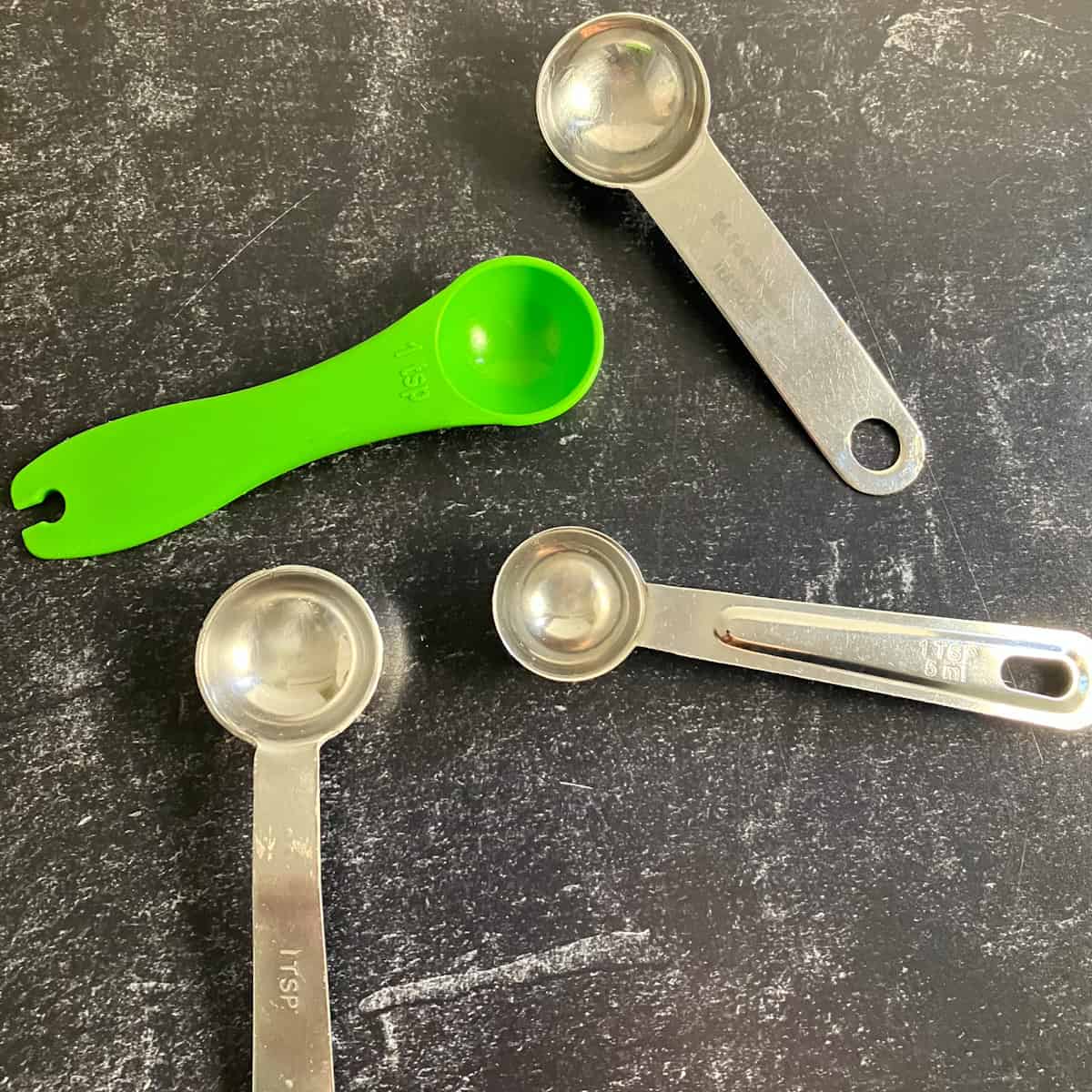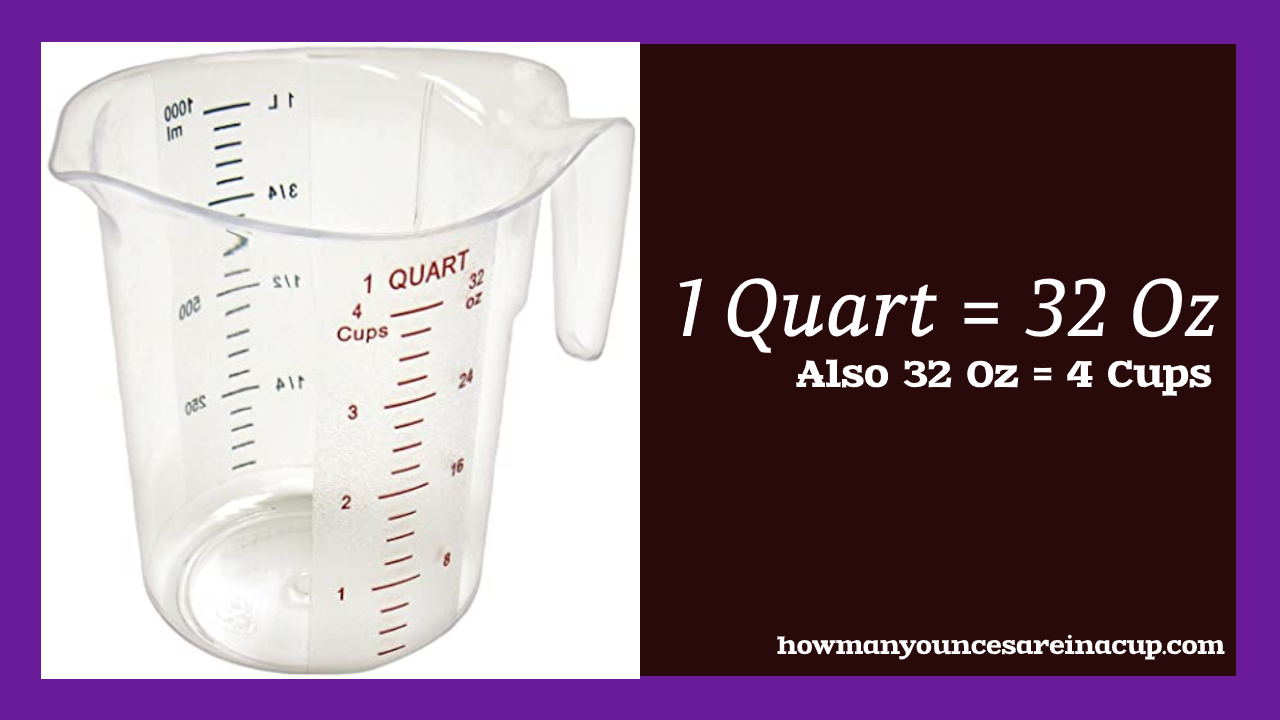
In a world dominated by digital transactions and contactless payments, the humble paper check often gets overlooked. However, there is still immense value in understanding how to handle large transactions using this traditional method. Imagine effortlessly transferring $1000 with just a stroke of a pen – it’s both old-school and timeless. In this comprehensive guide, we will delve into the intricacies of handling substantial sums through checks, unraveling the dos and don’ts to ensure your financial transactions are smooth sailing.
1. Benefits of Using Checks for Large Transactions
Checks remain a reliable and secure method for conducting large transactions. Beyond the assurance of a paper trail, checks offer added convenience in record-keeping and reconciliation, especially for businesses dealing with sizable sums. Additionally, the delayed processing time associated with check payments allows for better cash flow management, giving users greater control over their finances.
In an age where digital transactions dominate, using checks for large transactions can offer a more personal touch. The physicality of writing and receiving a check can foster trust and goodwill between parties involved in significant financial exchanges. Moreover, checks provide an alternative payment option in scenarios where electronic methods may not be feasible or preferred by all parties.
2. How to Write a Check for $1000
When writing a check for $1000, precision and clarity are key. Start by dating the check in the top right corner, followed by writing out the amount in words on the line provided. For $1000, this would be One thousand dollars. The recipient’s name goes on the Pay to the Order of line, ensuring it matches what is written numerically.
Next comes signing the bottom right corner of the check where it says Signature. This step is crucial as your signature authorizes the transaction. Remember to fill out any memo lines if needed and always keep track of checks written for future reference. Writing a check may seem traditional in today’s digital age, but mastering this skill can still be valuable for various financial transactions.
In our increasingly digital world, understanding how to write a check remains an essential skill. Whether you’re paying rent or making a donation, knowing how to properly fill out a $1000 check demonstrates attention to detail and financial proficiency. By following these simple steps and double-checking each section before finalizing your transaction, you can confidently handle $1000 payments with ease and accuracy.
3. Security Measures for Check Transactions
Security is paramount when it comes to check transactions, especially for large sums of money like $1000. One advanced security measure is the utilization of encrypted QR codes on checks. These codes contain sensitive transaction information that can only be decoded by authorized parties, adding an extra layer of protection against fraud and counterfeiting. Additionally, implementing positive pay systems with banks can help prevent unauthorized or altered checks from being cashed, reducing the risk of financial loss for both individuals and businesses.
Another crucial security step is utilizing watermarks and microprint on checks to deter counterfeiters. Watermarks are subtle designs or logos embedded into the paper that are difficult to replicate accurately and act as a visible indicator of authenticity. Microprint involves tiny text that is almost impossible to duplicate without high-quality equipment, making it a strong deterrent for potential fraudsters looking to alter check details. By combining these physical security features with digital encryption technologies, individuals and organizations can significantly reduce the likelihood of falling victim to check fraud schemes when handling significant transactions.
4. Common Mistakes to Avoid with Checks
When dealing with checks, it’s crucial to avoid common mistakes that can lead to financial consequences. One frequent error is forgetting to sign the check before handing it over, which can result in the check being considered invalid. Another mistake is not double-checking the amount written on the check, as any discrepancy could cause delays or confusion during processing. Additionally, neglecting to record the transaction details in your check register can lead to overspending or overlooking important financial information.
It’s essential to handle checks with care and attention to detail in order to prevent these common errors. By taking the time to review and verify each step of the check-writing process, you can ensure smooth transactions and efficient financial management. Being mindful of these potential pitfalls will help you navigate the world of checks confidently and securely.
5. Alternatives to Paper Checks for $1000 Transactions
When it comes to handling $1000 transactions, exploring alternatives to traditional paper checks can offer improved efficiency and security. One modern solution is electronic funds transfers (EFTs), which enable transferring money electronically between bank accounts. This method is quick, secure, and eliminates the need for physical checks.
Another viable option is using online payment platforms such as PayPal or Venmo. These platforms provide a convenient way to send and receive money without the need for writing or mailing physical checks. Additionally, digital wallets like Apple Pay or Google Pay allow for seamless contactless transactions using mobile devices, making them another efficient alternative for handling $1000 transactions securely and promptly. Choosing these alternatives can streamline financial transactions while also reducing the environmental impact of paper usage.
6. Conclusion: Mastering Checks for Big Payments
In conclusion, mastering the art of handling big payments through checks is a crucial skill for individuals and businesses alike. While digital payment methods are on the rise, checks remain a reliable and widely accepted form of transaction for significant sums of money. With proper knowledge and practice, one can navigate the complexities of issuing or receiving large payments via checks with confidence.
Furthermore, understanding the security features embedded in modern checks is essential to prevent fraud and ensure the safety of financial transactions. By using advanced security measures such as watermarks, microprinting, and holograms, one can minimize the risks associated with check-related scams. Embracing these security features not only enhances your financial safety but also fosters trust in your business dealings when dealing with substantial amounts of money through check transactions.




